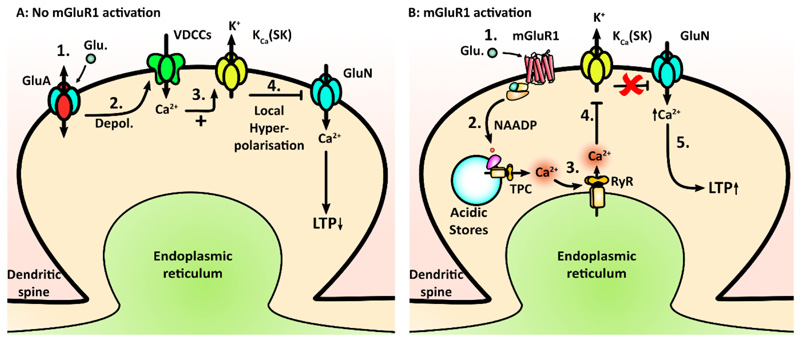Figure 8. Proposed model for mGluR1-dependent plasticity.
(A) Model of SK channel activation, wherein (i) synaptic glutamate activates GluA receptors to produce (ii) membrane depolarization and (iii) Ca2+ entry via VDCCs. This causes (iv) activation of SK channels and local hyperpolarisation, resulting in inhibition of GluNs by reinstating Mg2+ block, thereby reducing Ca2+ entry through the GluNs and reducing the probability of LTP induction. Where synaptic activity is sufficiently strong, the mGluR1 receptors are recruited. (B) The proposed model for SK channel inhibition mediated by mGluR1 signaling; GluA/VDCC regulation of SK channels is also present but not shown. (i) Glutamate activates mGluR1 receptors and causes (ii) NAADP synthesis, which results in (iii) acidic store Ca2+ release, which is amplified through activation of ryanodine receptors (RyR) in the ER. This somehow inactivates SK channels (iv), which in turn prevents local hyperpolarization and (v) allows greater Ca2+ entry through the GluN receptors, which facilitates the induction of LTP.

